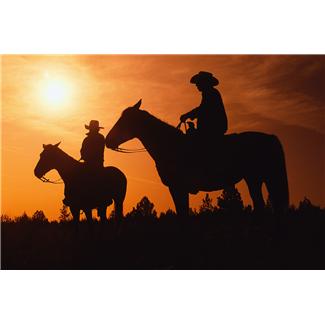The Intersection of Art and Commerce
A fellow said to me the other day, “I’ve got a great idea for a book. How do I get it published?” Whoa dude, I replied – or words to that effect. To get a book published, you first have to have a book. Then, and only then, do you even think about publishing. That is the point where art meets commerce.
I get a lot of questions about publishing from folks who know I’ve written some stuff and had it published. My first question is always, “Have you written the book?” Sometimes, they want me to write the book for them. Well, I don’t do that. But I’m happy to share what little wisdom I have about writing, along with lots of encouragement.
The best wisdom I can share is what a graduate school professor gave to me. He said, “The way you write is to apply the seat of the pants to the seat of the chair.” There are lots of folks with good stories to tell, and many have a facility with words that would allow them to put the story on paper. But only a few will apply the seat of the pants to the seat of the chair.
There are a several tough parts along the way. The first is simply getting started – sitting down in a quiet place and facing a blank piece of paper that’s waiting for words. Once you leap that hurdle, the next one is when you read what you’ve just written and say, “Oh, that’s awful!” Well, maybe it is. But the remedy is doing it again and making it better. If you want it to be perfect the first time, you’re doomed. What you do is get something down, and then re-write. The getting it down is the toughest part. The re-writing is where you begin to have fun.
But maybe the hardest part is the absolute requirement for stubborn, patient persistence. Going to the work every possible day you can, carving out slices of time during which you absolutely refuse to be interrupted or distracted. A good story, worked on daily, takes on a life of its own, a momentum. And keeping that momentum is crucial through the long process of making a book.
Only when you’ve done all of that are you ready to think about publishing. This is the intersection of art and commerce. A writer is not complete without a reader. We want as many folks as possible to enjoy and appreciate what we’ve done. So we go through the tough process of finding a publisher, or publishing ourselves, and then reaching out to the widest possible audience.
The reaching out is hard work, too. It’s hawking the merchandise, and that means using every possible means to let people know about the work and why they should pay their hard-earned money to obtain it. Published writers today know how crucial it is to use social media to get the word out, how important it is to go to places where readers gather, how necessary it is to work tirelessly and persistently in behalf of sales. Crass commercialism? You betcha. Without the commerce part, the art part just lays there.
The good news about publishing is that today, anyone and everyone who produces a work can get published, thanks to the rise of the e-book: Amazon’s Kindle and the like. Those folks are delighted to have you publish your work on their platforms, and I know from experience that it’s easy to do. But just because it’s there doesn’t mean anybody will actually buy it and read it. That’s the writer’s job.
I suppose any successful business is run by people who understand the intersection of art and commerce. Just because you produce a good product or service doesn’t mean you’ll do well. You have to do the grubby commercial part too.
We writers are no different. Stop in the middle of an intersection and you’ll get run over. You have to keep moving.




